Für Schlagzeug und Elektronik – Kompositionsauftrag des WDR – UA
Dirk Rothbrust – Schlagzeug
Jan St. Werner – Elektronik & Komposition
Samstag, 23.02.2019 WDR Funkhaus Köln & WDR3 Radio
https://www1.wdr.de/radio/wdr3/veranstaltungen/musik-der-zeit-346.html
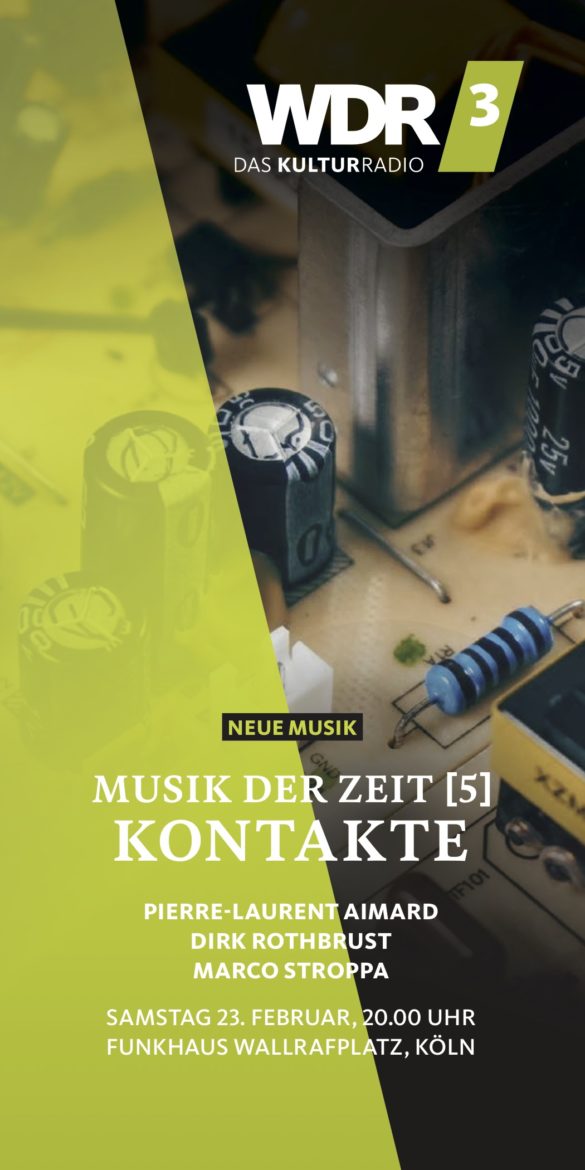



»central spark in the dark« erkundet und dynamisiert die Beziehungen zwischen Elektronik und Akustik, zwischen Klang aus den Lautsprechern und Perkussionsinstrumenten, zwischen den Reflexionen im Raum und dem Klangbild im Kopf des Zuhörers. Die mehrkanalige Mischung erlaubt den komposito- rischen Elementen eine erweiterte Räumlichkeit: Klänge treffen sich nicht ausschließlich in den Schaltkreisen des Mischpults, sondern mitten im Aufführungsraum – in the air.
»central spark« lässt sich auch als Paradox verstehen, denn in dem Stück gibt es keine Mitte, keine zentrale Perspektive. Jeder Funke könnte selbst Zentrum eines klanglichen Universums sein. Die akustischen Signale werden kontinuierlich und oft abrupt verschoben, sie lösen kognitive »Zündungen« beim Hörer aus. »spark« steht auch für eine akzentuierte Kontrapunktion, für einen Rhythmus, der aus ständigen dialogischen Bewegungen neue Klangbeziehungen generiert und sie über die Grenzen der Notationslinien schiebt. Es gibt keine tonalen Flächen, aus denen harmonische Verdichtungen entstehen, sondern schnelle, partielle Verknüpfungen, durch die sich unvermittelt neue Räume öffnen und in denen sich in Mikrozeit musikalische Figuren bilden – wie Wunderkerzen, die kurz im Dunkel unserer Vorstellungswelt gezündet werden und ebenso schnell wieder verlöschen. Die digitalen »sparks« sind wie Steine, die über gefrorene Eisdecken springen. Es prasseln disparate Materialien in verschiedenen Aggregatzuständen aufeinander; Feuer, Eis, scharfe Splitter, wie aus felsenfesten Formen gesprengt. Es entsteht ein dynamisierter Raum, in dem extreme Kräfte wirken.
Das Arsenal des Schlagzeugers ist nach dem Klangbild der Elektronik ausgerichtet und kontrastiert es. So greift der Instrumentalist die Bewegungen der stark manipulierten, computergenerierten Klänge auf und steht mit seinen klanglich klar umrissenen Formen dem unendlich variierbaren des Digitalen gegenüber.
Video: Nik Kern
Fotos: Felix Berner


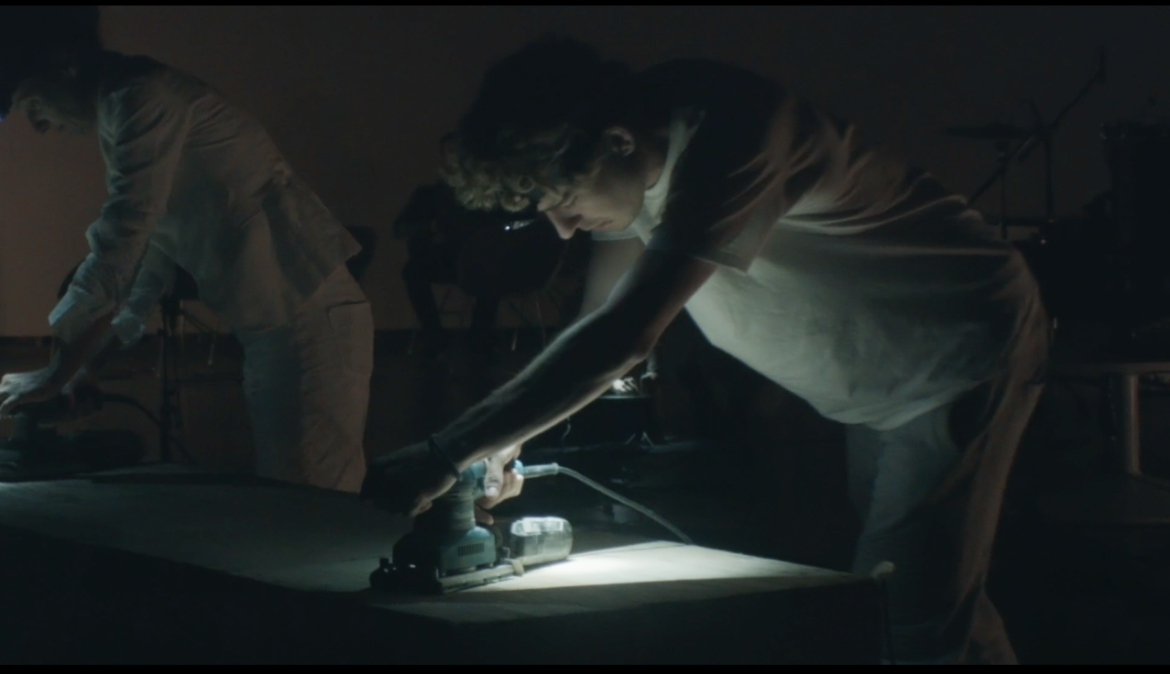
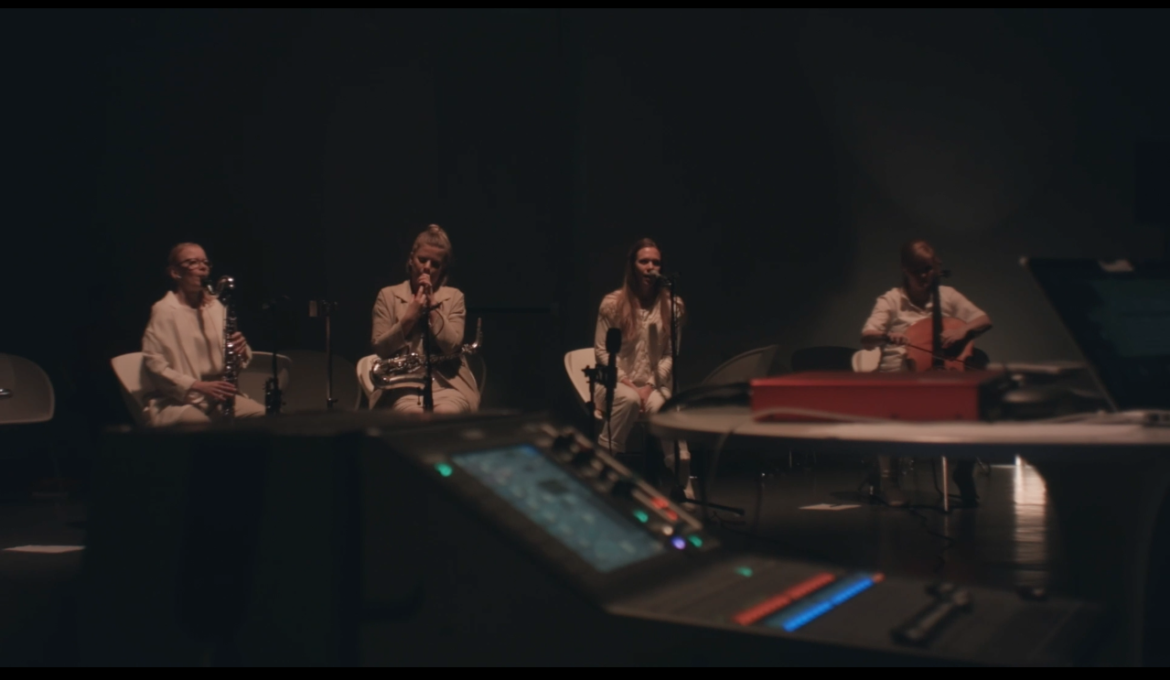
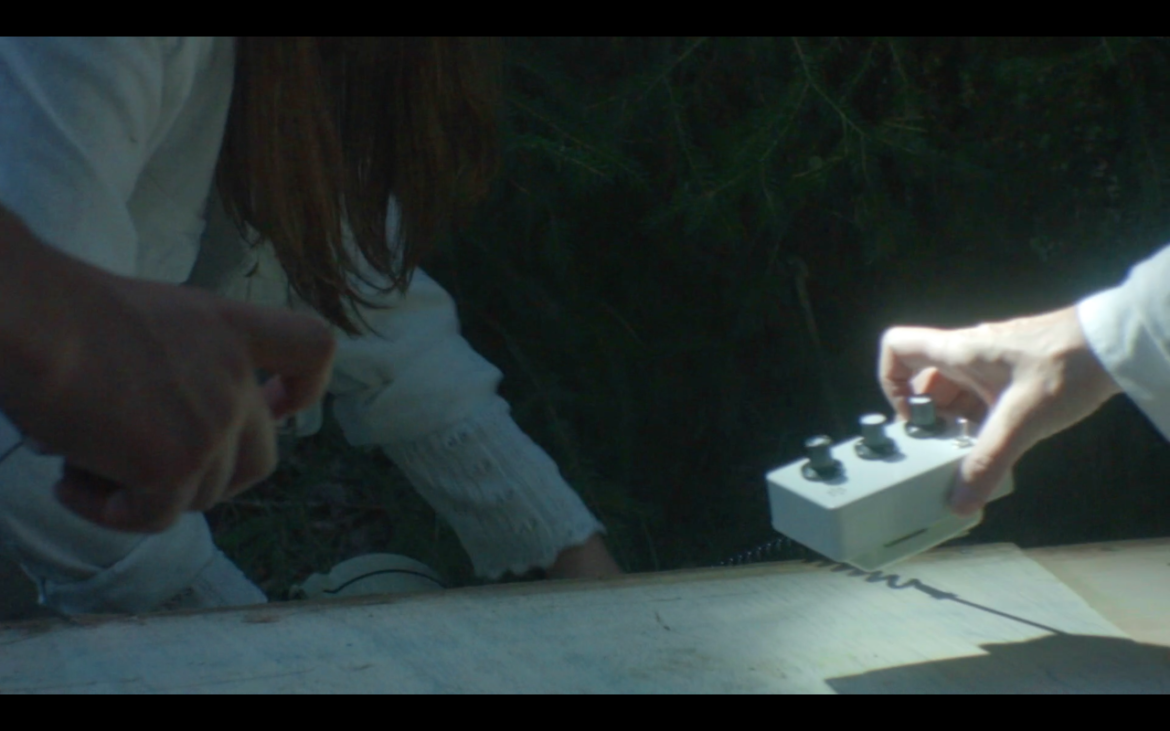
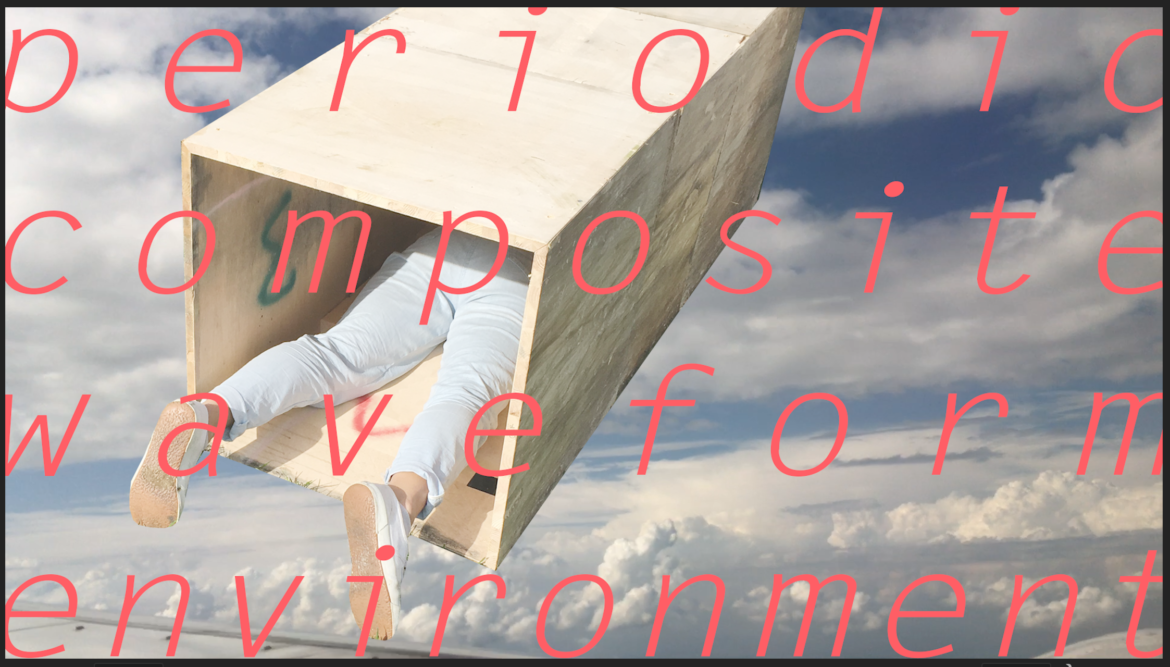

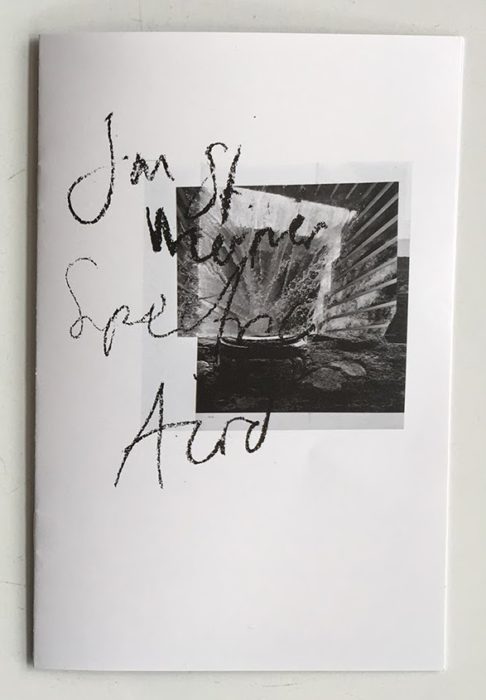

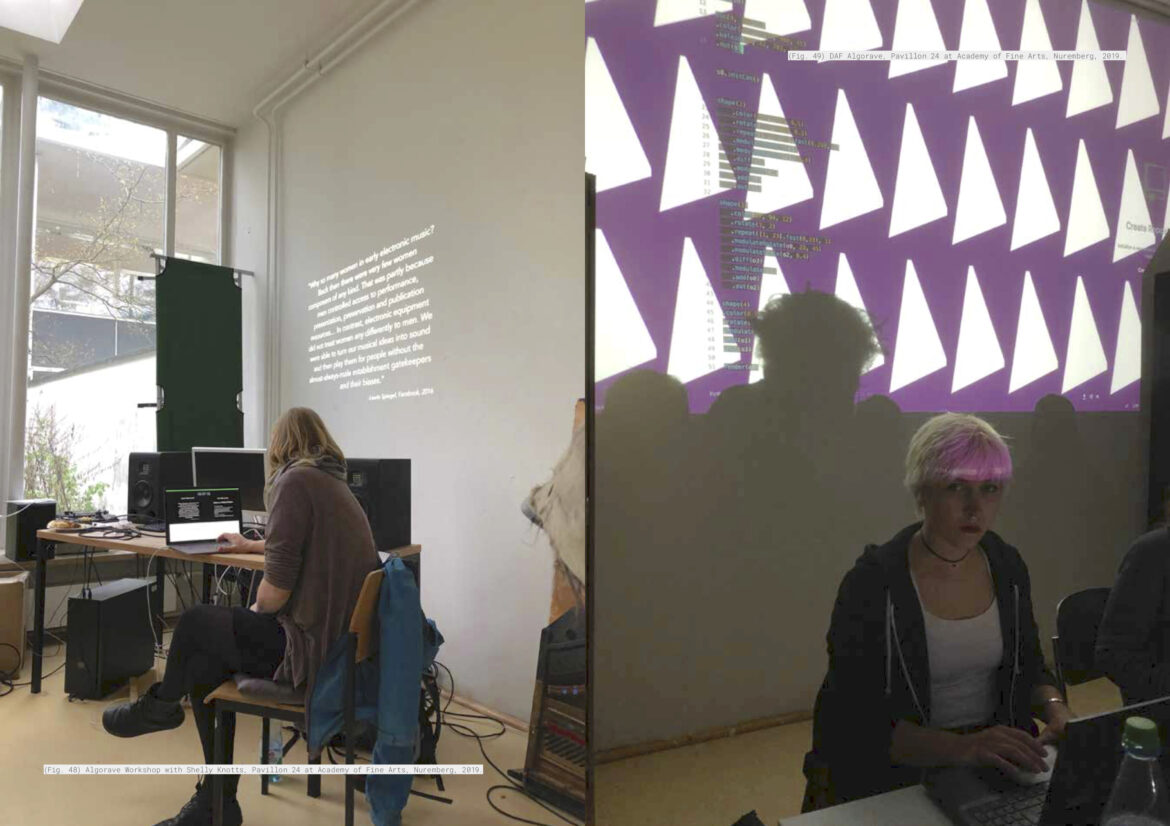
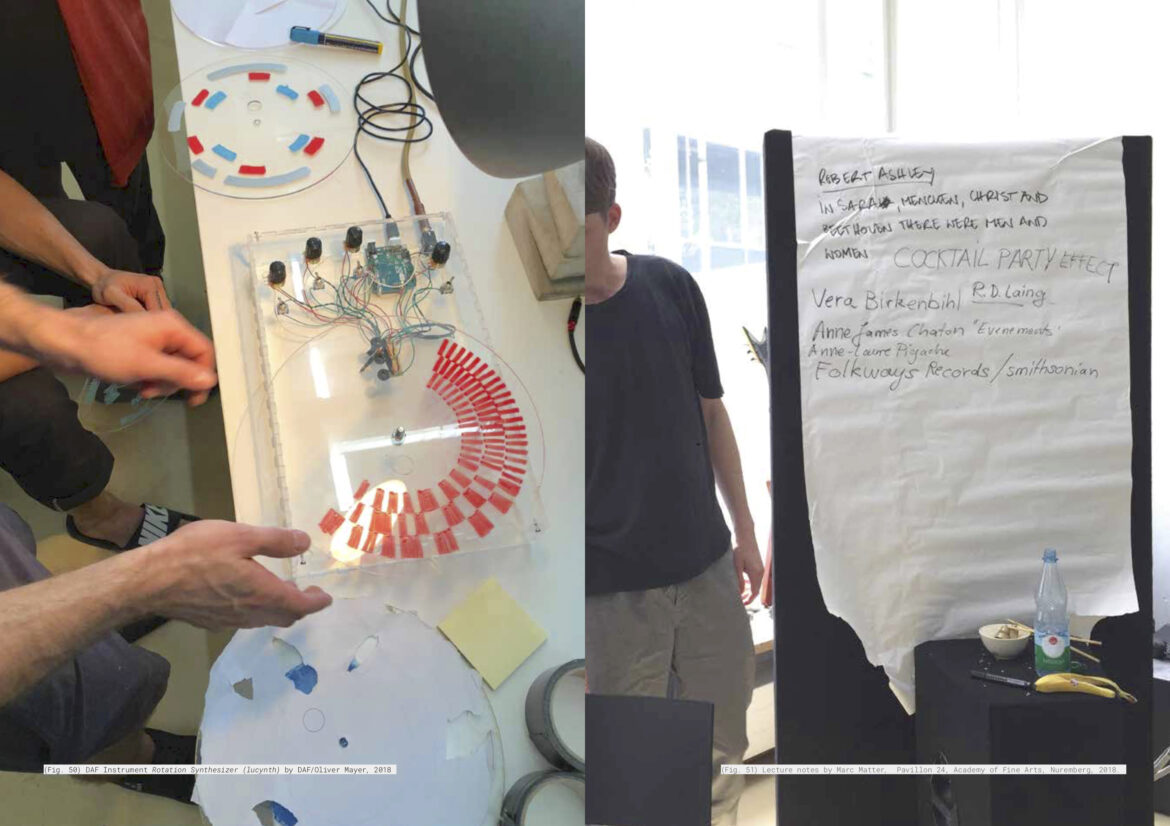
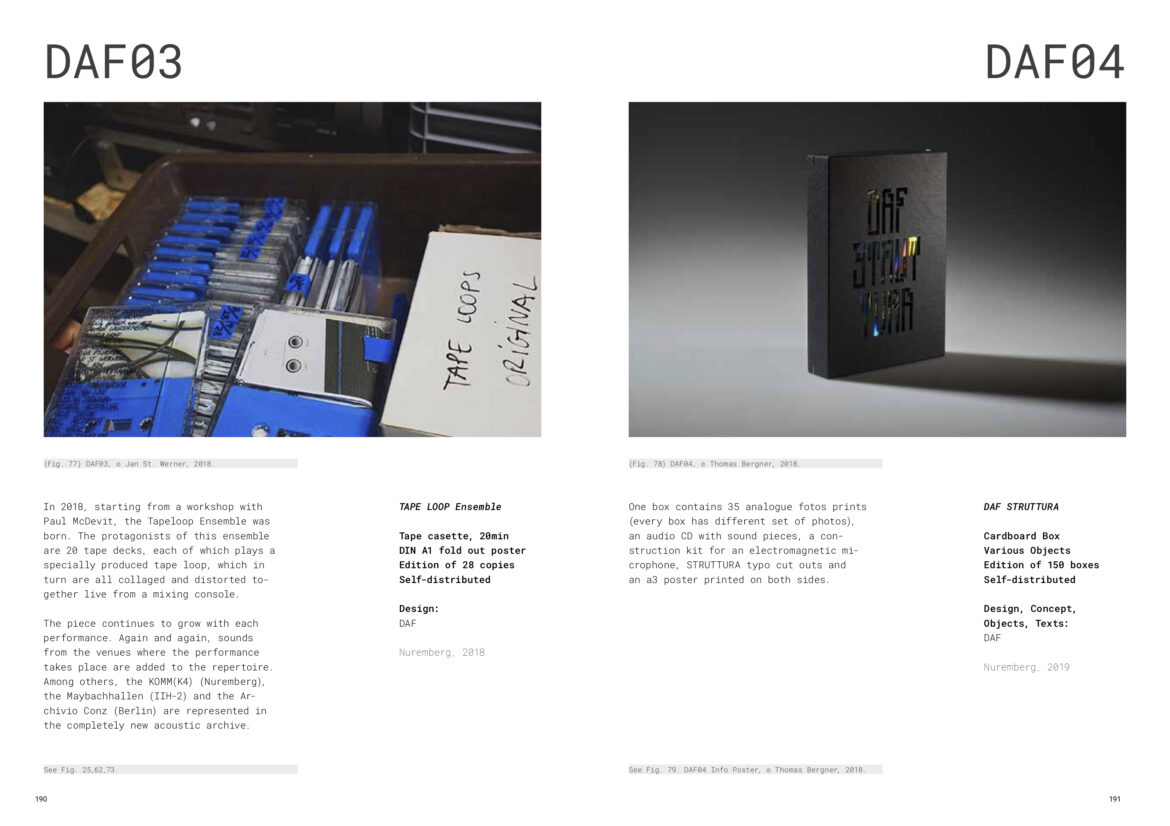
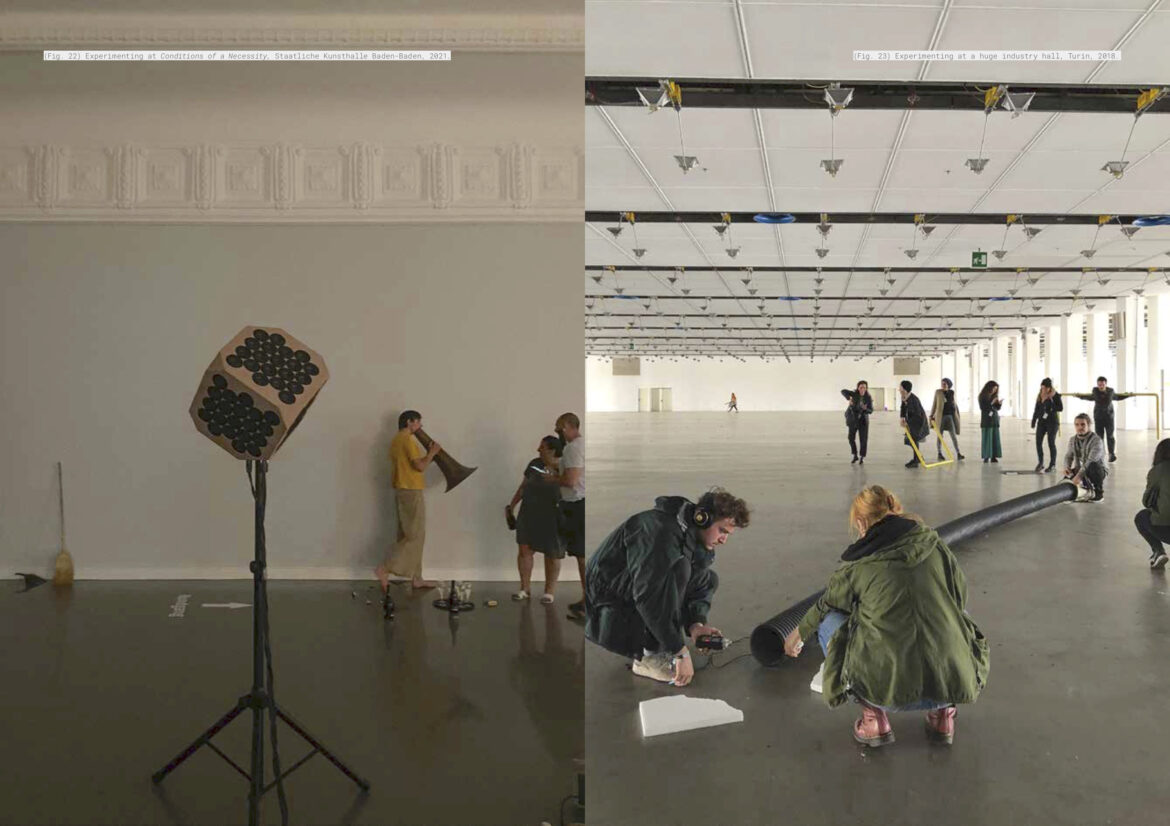
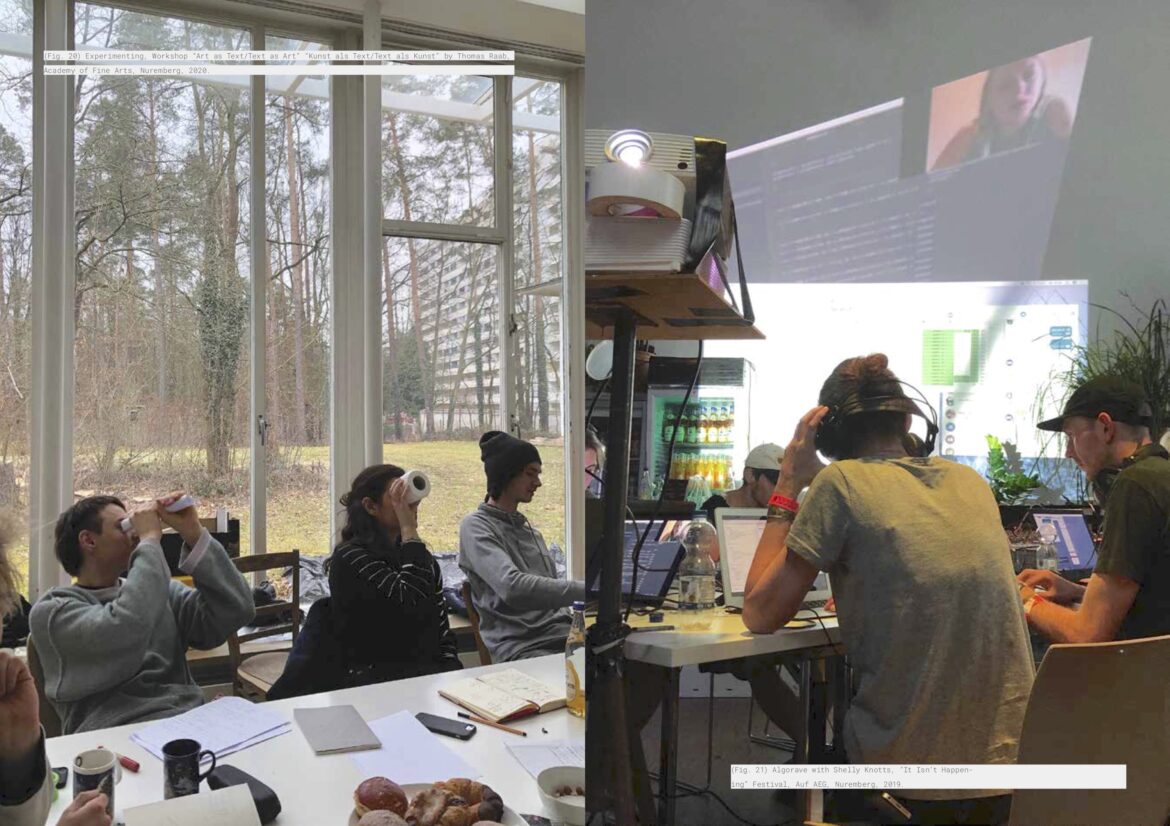
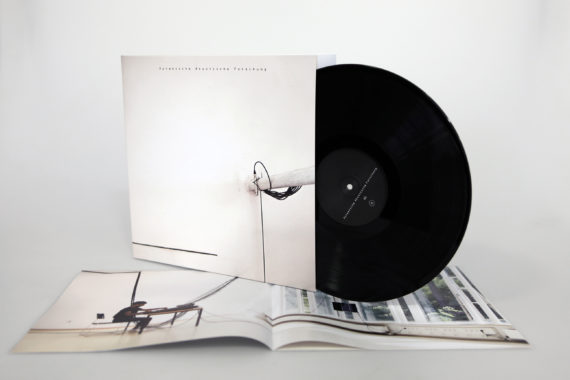
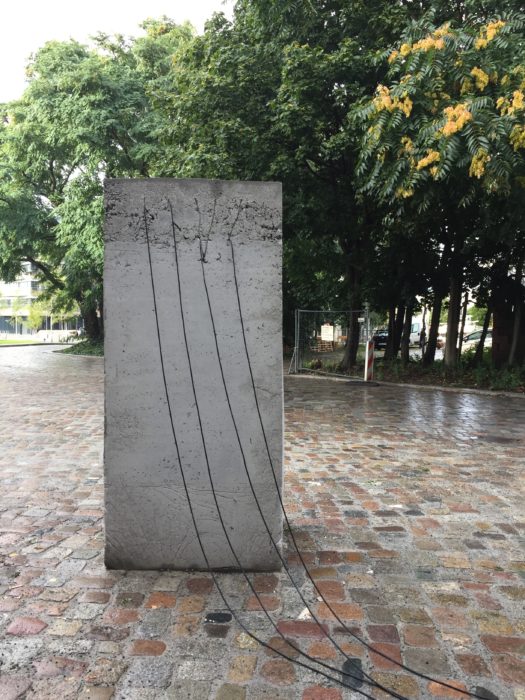
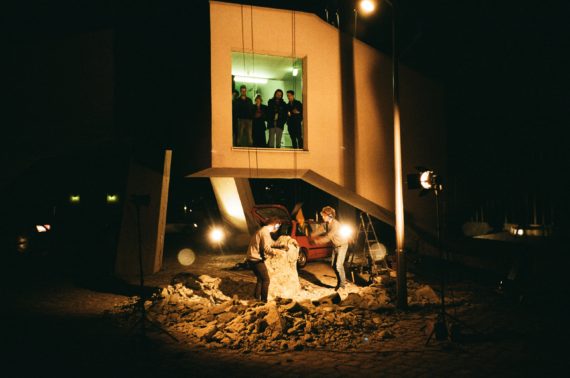

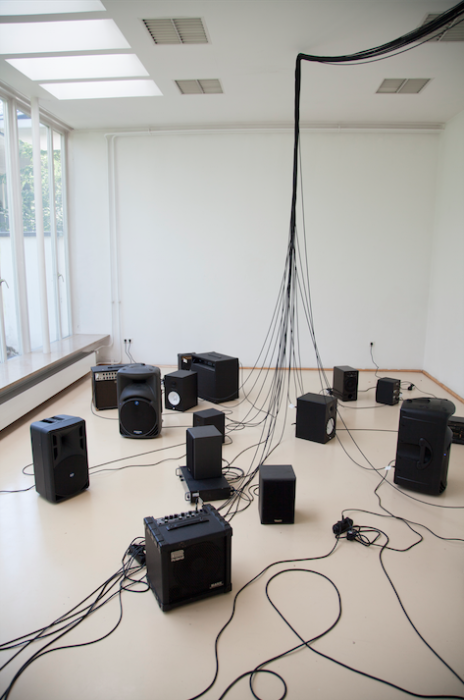
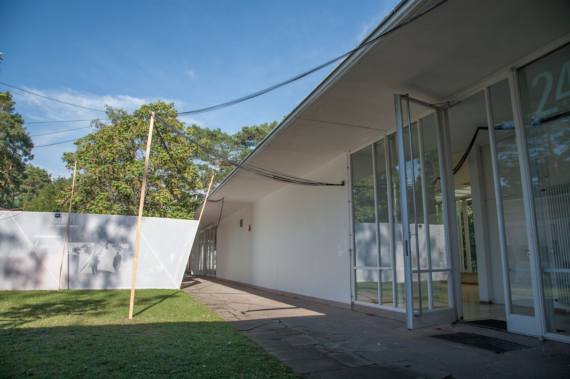

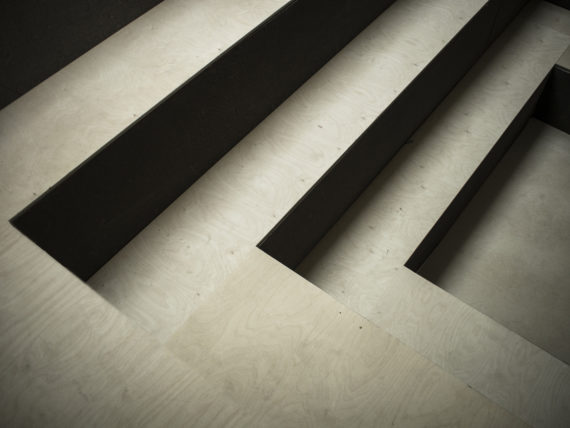
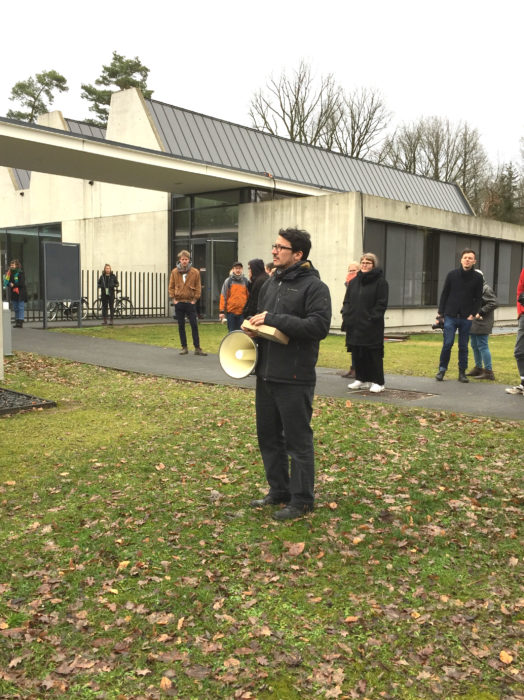
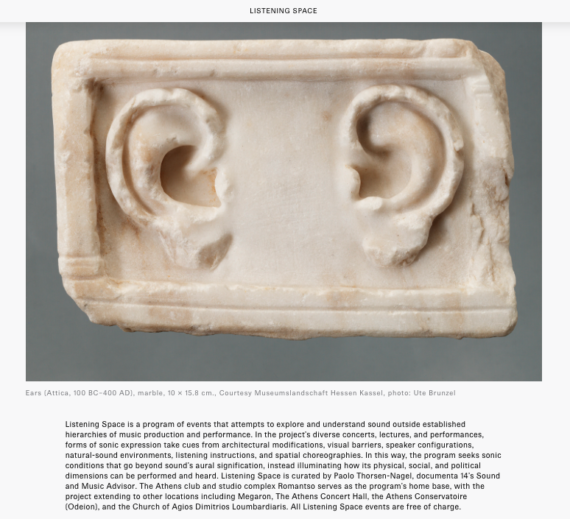
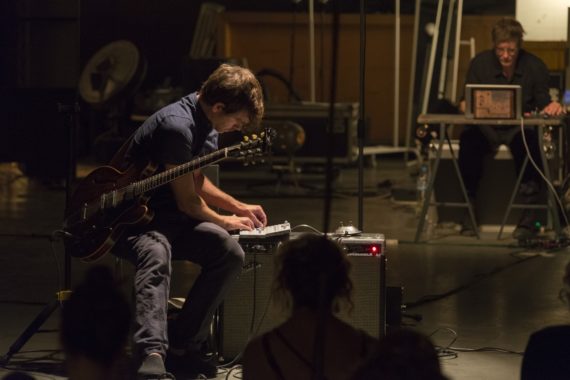
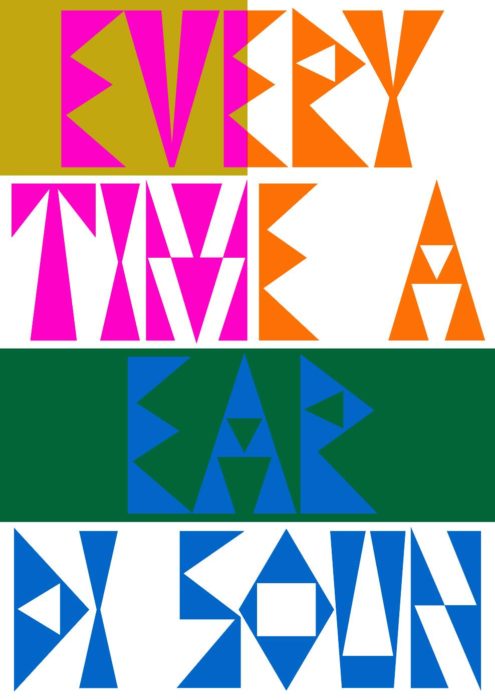

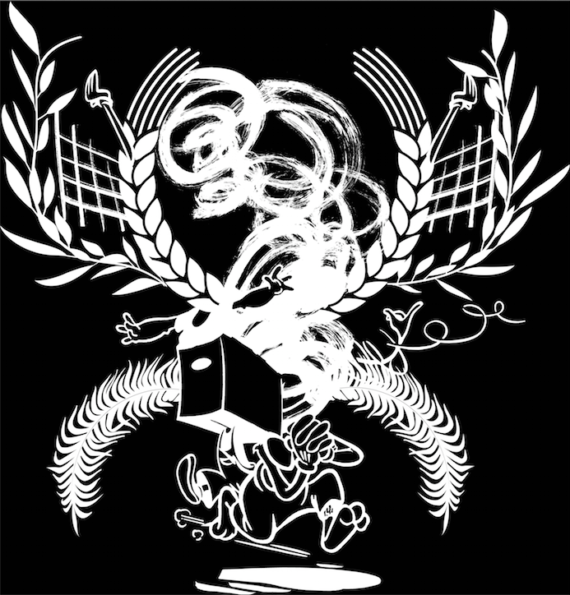



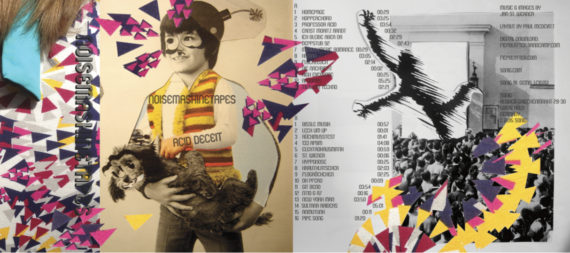

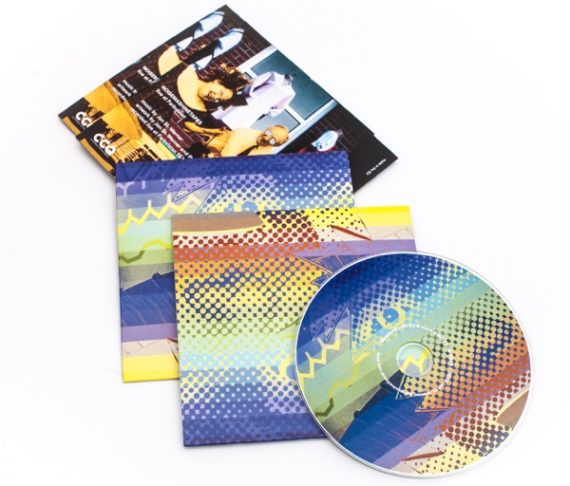
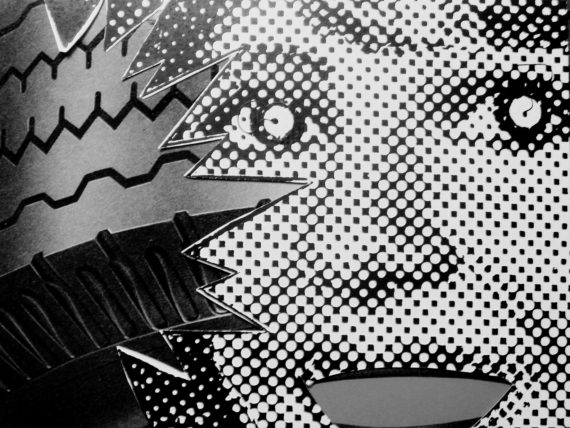
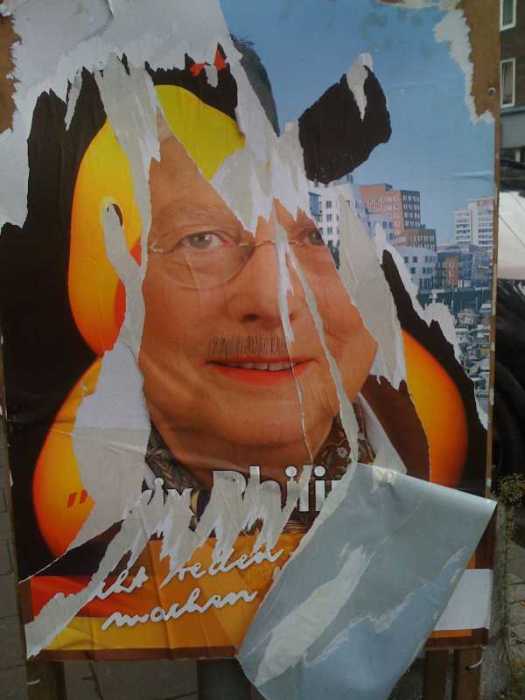





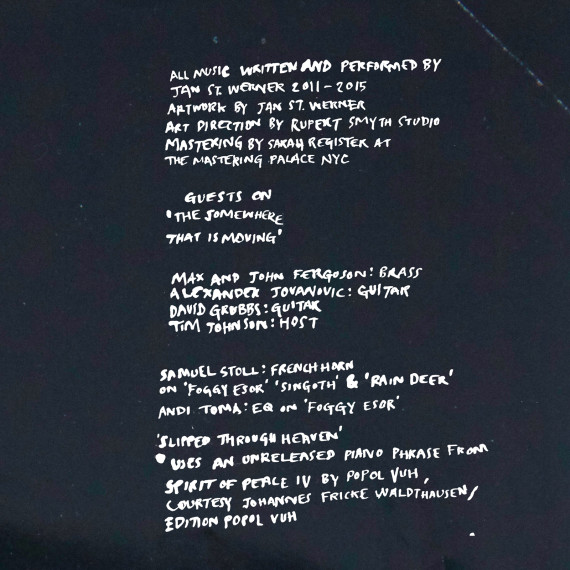




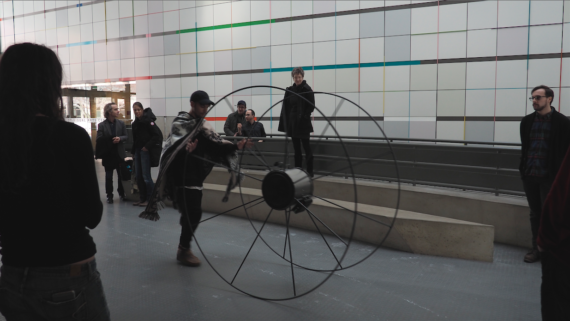


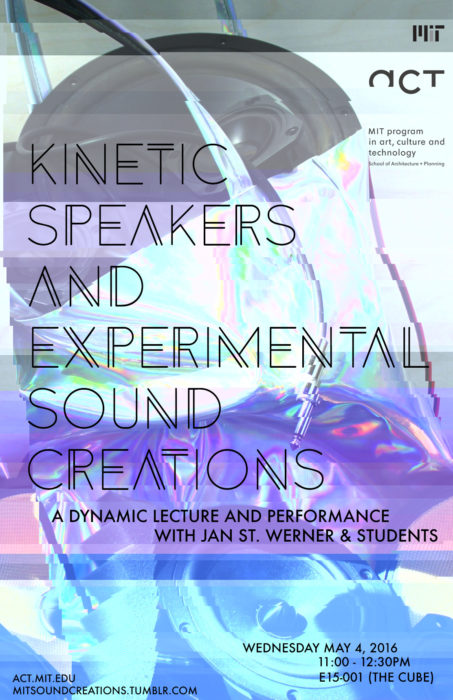
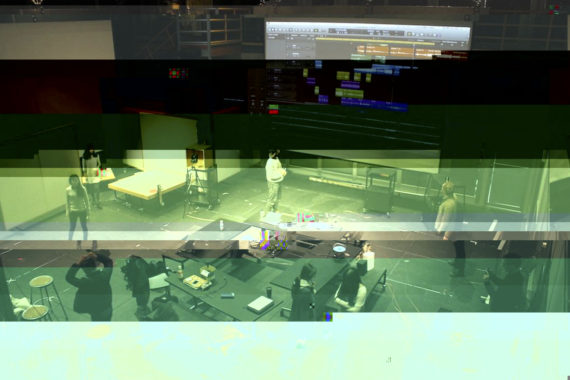

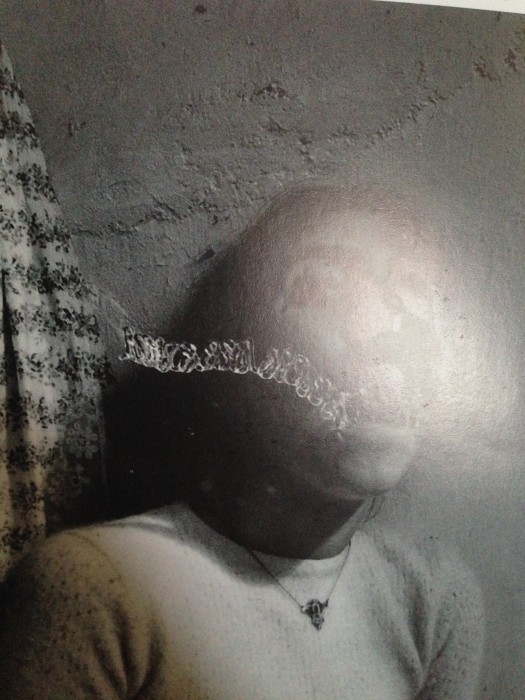

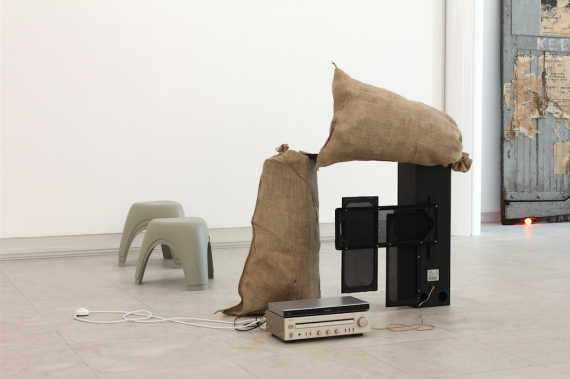
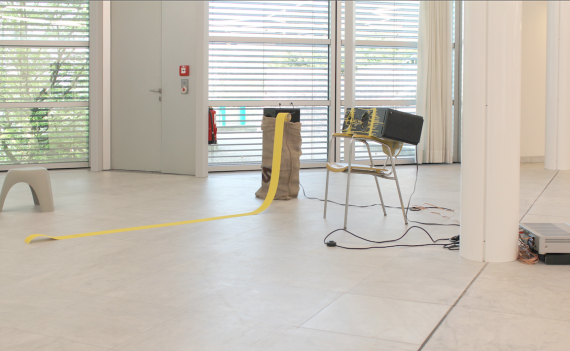
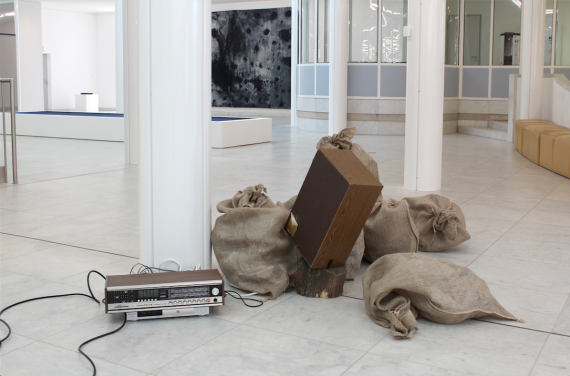
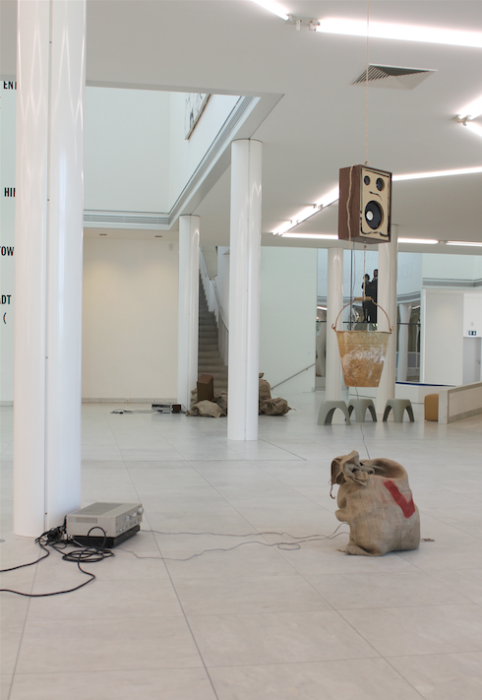
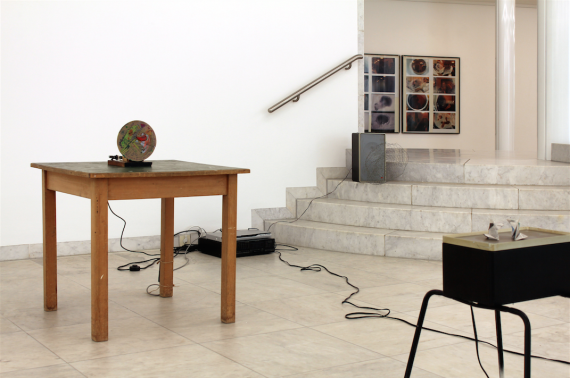

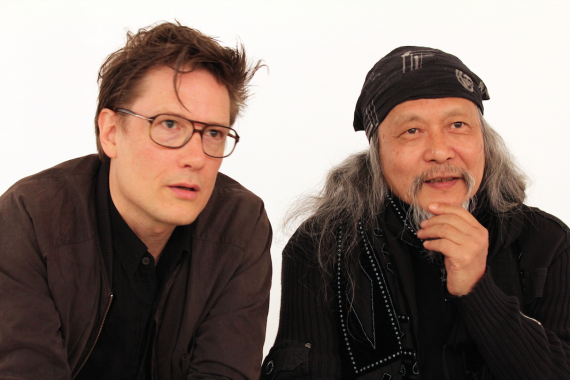











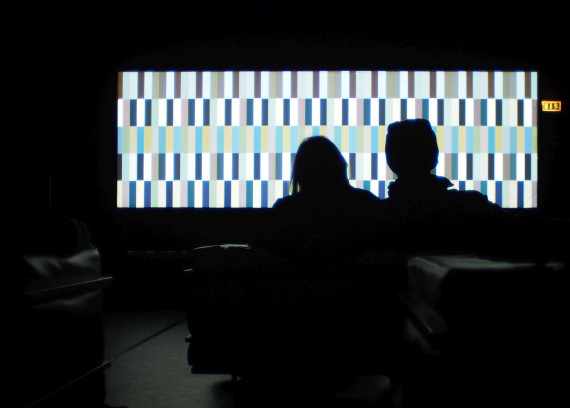
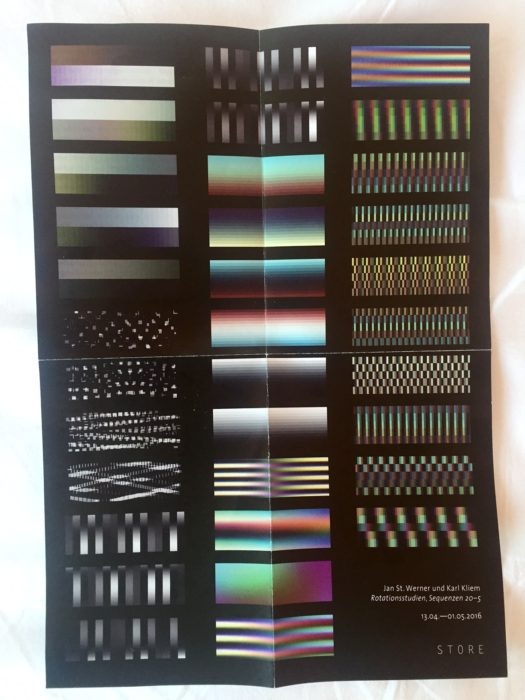

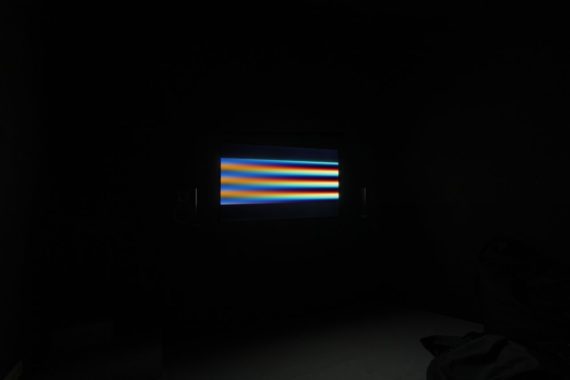
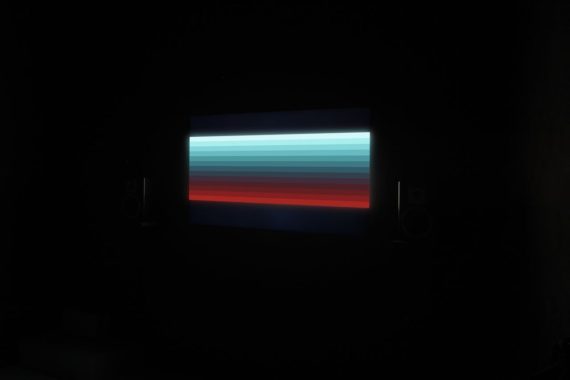

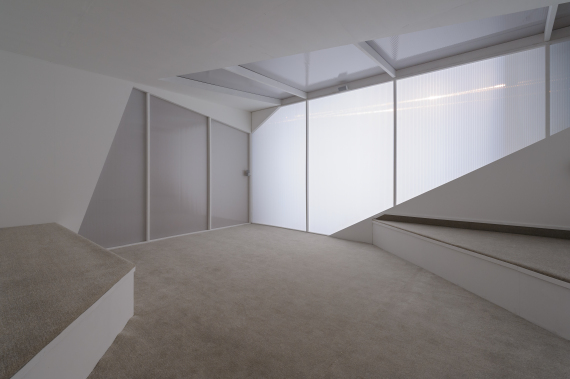 Experimental listening enviroment & surround sound composition by Jan St. Werner featuring Mark E Smith for Cornerhouse, Manchester
Experimental listening enviroment & surround sound composition by Jan St. Werner featuring Mark E Smith for Cornerhouse, Manchester